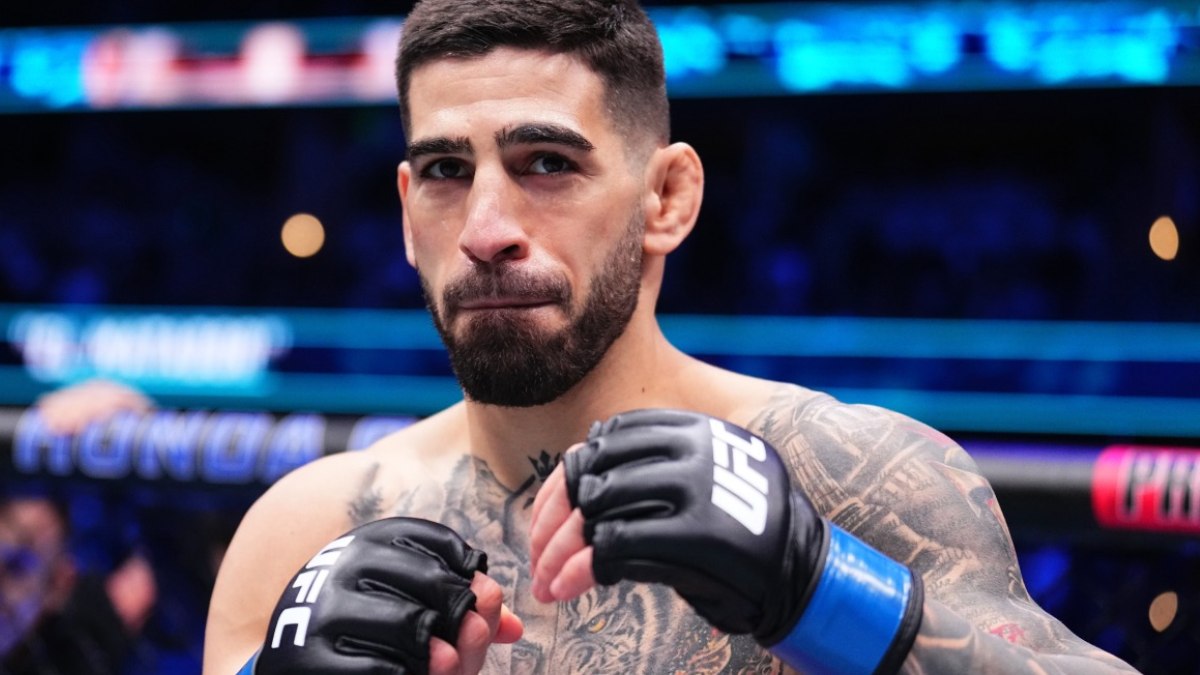Click here to read the Spanish version.
Last weekend, Spanish-Georgian Ilia Topuria made history by becoming the UFC (Ultimate Fighting Championship) featherweight champion of the world by dethroning Volkanovski. To achieve this, the fighter carries out a tough training and nutrition plan that puts him in tune in the weeks leading up to such an important event. We already know that elite sport involves a sacrifice in every sense: a lot of dedication, hours of work and a diet according to the activity practiced. To learn a little more about what these athletes usually face in terms of nutrition, below we review what great athletes like Ilia Topuria himself, Usain Bolt, Michael Phelps or Leo Messi, among others, eat. This is the diet of a world champion.
Ilia Topuria
A few months ago the wrestler confessed on the program El Hormiguero that he actually trained 24 hours a day. To his 4 or 5 hours of daily physical training, he had to add other types of activities such as mental and spiritual preparation. In addition, he also stressed that in terms of nutrition he had to follow a strict diet, which intensified about three months before a big event, since his usual weight is about 80 kg, and he must drop to less than 66 kg to access the featherweight category. To do this, he carries out what would be a weight cut, with meticulous monitoring by his team of nutritionists.
It is quite an aggressive plan, since the athlete must lose about 15 kg in a very short time, and half of it is practically a week before the fight. The issue of salt, or the absence of it, is very important in his diet. The amount of salt added to each meal is very measured. Another curious aspect is that Topuria drinks half a liter of wine the night before the fight: “It’s very hard for me to sleep. Drinking wine helps me sleep and helps me with dehydration. I’ve lost up to a kilogram,” Topuria explained.
Hydration plays a fundamental role and is the craziest part of the whole process. In the last days before the fight, the fighter must lose about 8 kg and, to do so, he loads up on water: on Sunday he drinks 4 liters, on Monday 6, on Tuesday 8 and on Wednesday he drinks 10 liters of water. On Thursday he makes the cut and spends 24 hours without drinking anything at all. As the athlete confessed, “at that moment when you cut the water, you begin to dehydrate”. At that point, his kidneys begin to release more water than normal.
He then takes the opportunity to get into the sauna and the hot tub to expel even more liquid and stay dry. A rather risky method that the wrestler himself describes as “living in hell in real life”. Of course, then he also makes a process of gaining weight in record time. After the official weigh-in, Topuria can gain up to 10 kg in just over 24 hours.
Usain bolt
Being the best sprinter of all time and holding the world records in the 100 and 200 m sprint is no easy task. And, as any specialist always explains, in addition to a hard and sacrificed training, nutrition is fundamental and is almost 50% of importance. In his diet he gives more importance to protein intake and reduces the amount of carbohydrates and fat. Bolt is also a big fan of fast food; in fact, there is a legend that he ate up to 1,000 nuggets during the 2008 Beijing Olympics.
The athlete ate 5 meals a day, while before going to bed he added an extra load of calories. Among the foods included in his strict diet during his time as a professional, Bolt ate a lot of vegetables, among which broccoli stood out. Although he himself confessed in an interview in GQ that he didn’t particularly love it. His breakfasts never lacked an egg sandwich. During the competition season Usain reduced carbohydrates, but in his daily diet he also included pasta with chicken breast. In the fruit section there were also mangoes, bananas, pineapples or apples.
The Jamaican did not forget his roots either and ate, of course, traditional dishes such as Jamaican meatballs or rice with peas and pork, chicken or grilled fish for dinner.
Leo Messi
He is considered one of the best soccer players in history. And no wonder, because the Argentine star has won everything, including the World Cup, which was the one he was missing and finally got it in 2022. Although the diet of soccer players is not as strict as in other elite sports such as wrestling or athletics, Leo Messi has also had to follow a very careful nutrition plan, which varied over time.
In fact, during the 2014 World Cup, he suffered several vomiting episodes during the matches that went viral. For this reason, the Argentine star decided to change his nutritionist and contacted an Italian specialist recommended by his teammate Demichelis. From then on, Messi gave up sweets, including some of his whims such as alfajores, chocolate, dulce de leche or carbonated drinks. As his dietician Giuliano Poser explained in AS: “Sugar is the worst thing for the muscles. Refined flours are also a big problem, basically because nowadays it is very difficult to find a healthy, uncontaminated wheat grain. Much less than what Argentines usually eat, because it is a food that is difficult to digest”.
Since then, Leo Messi began to include other types of ingredients in his eating routine, increasing the amount of foods such as chicken, pork, fish, pork, rice without seasoning, fruits, vegetables, nuts and some organic foods. Of course, not everything was restrictions. As stated by his teammate Agüero and reported by the Argentinean media El Tiempo, “after the game there is Neapolitan milanesa with french fries. It’s a kind of motivation. Some eat, others eat whatever comes. It is allowed, we tell him”. What will be the diet of a world champion like Leo Messi in his own restaurant in Andorra?
Aitana Bonmatí
From a world champion to another world champion and current Ballon d’Or. The 26-year-old Catalan player is living her best professional moment. It has all been thanks to a great work of discipline, added to her innate talent. This discipline has led her to all areas, including her preparation and nutrition. For this, the soccer player has surrounded herself with great professionals: from physical trainer to nutritionist or psychologist. In the field of nutrition, Bonmatí has been following a flexitarian diet for some years.
“Being aware of our food and having positive habits is key to taking care of our health and that of the planet. I have always eaten plant-based products and, in addition, I have been following a flexitarian diet for about three years. I firmly believe that we have a responsibility as consumers to look for healthy and sustainable alternatives, such as plant-based options,” she revealed in a press release.
The flexitarian diet is a combination of the terms ‘flexible’ and ‘vegetarian’. It consists of consuming a large amount of plant-based foods, but is not closed to animal products, although these are included to a lesser extent in the diet.
Michael Phelps
He is another titan of world sport, considered the most decorated Olympian of all time, with no less than 28 medals. In addition to a hard training of 6 hours a day, another of the key points of his sporting success is his diet. The swimmer even said in an interview on NBC that specialists told him he should eat between 8,000 and 10,000 calories a day. It seems a crazy figure but, if we take into account that Phelps burned about 1,000 calories per hour of training, it is not so far-fetched. In the same interview, the athlete confessed that eating, sleeping and swimming, “that’s all I can do”.
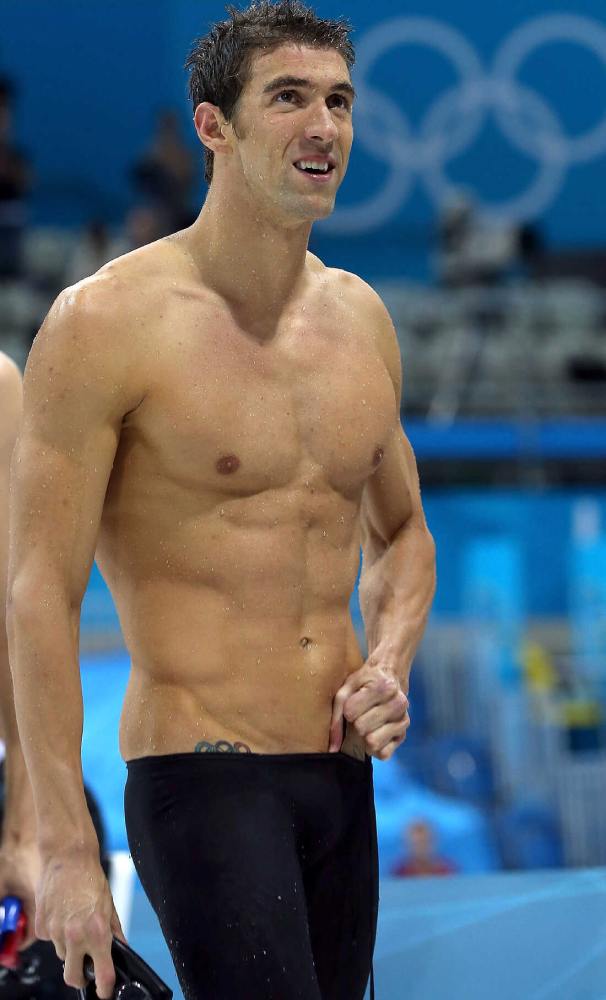
What was her copious diet for the Beijing Olympics? As detailed by the JJ. OO. website detailed in a report, for breakfast Phelps started the day eating three sandwiches that included fried egg, cheese, tomato, fried onion, lettuce and mayonnaise. This was followed by three chocolate chip pancakes. And that was not all, also an omelet with five eggs, three French Toasts, a plate of grits and two coffees.
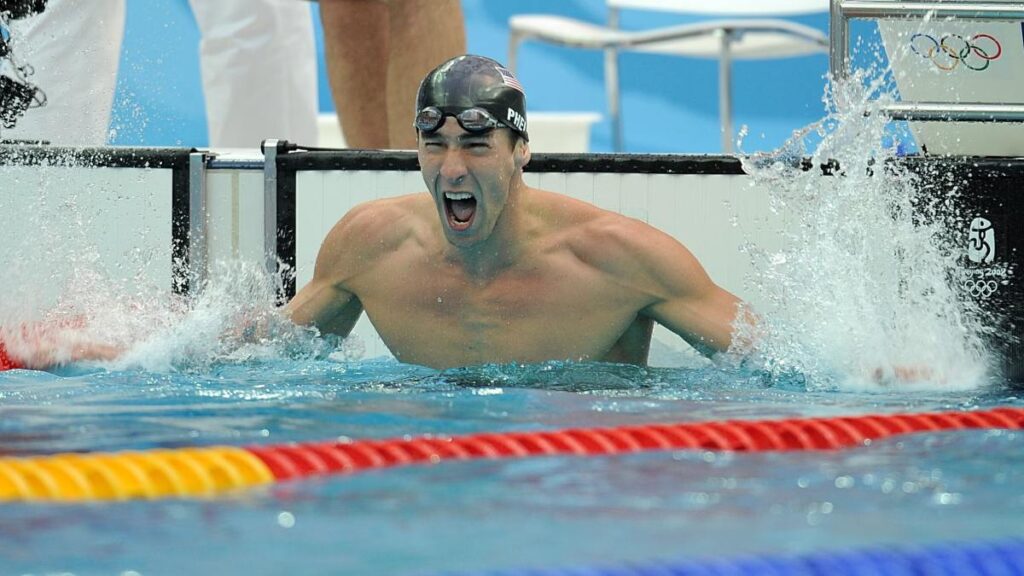
At lunchtime, Michael stuffed 500 g of pasta between his chest and back, along with large Japanese and cheese sandwiches dipped in mayonnaise. To drink, something energetic.
To reach the amount of almost 10,000 calories a day, the swimmer ended the day with another 500 g of pasta with carbonara sauce and a large pizza. Who can give more?
Rafa Nadal
He is one of the legends of tennis and, although he names Djokovic as the best tennis player in history, it would also be between Rafa Nadal himself and the Swiss Roger Federer. A sport as demanding as tennis requires long days of training, a great mental preparation and, of course, a nutrition plan according to the circumstances. Of course, throughout his career, the tennis player from Manacor has gone through several stages with respect to his diet. During the early years when he took off meteorically making history in tennis, the young Nadal did not take into account the issue of balanced food and was able to take a jar of Nutella and 3 liters of Coca-Cola a day, as he confessed on one occasion the tennis player Janko Tipsarevic.
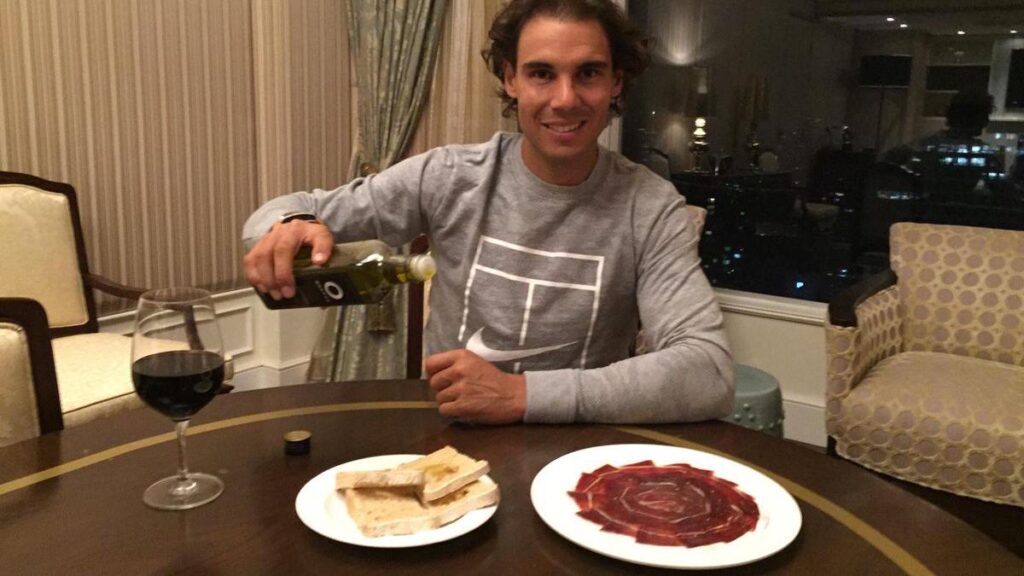
As he matured, Nadal chose to be guided by different nutritionists, something that became complicated because it was a (bad) habit deeply rooted in his life. “It has cost me a lot of effort. Today I am very aware that taking care of yourself, taking care of your body, is vital. Not only to practice sports, but to have the health and vitality necessary to be happy,” he explained during the presentation of some food supplements that the tennis player brought out.
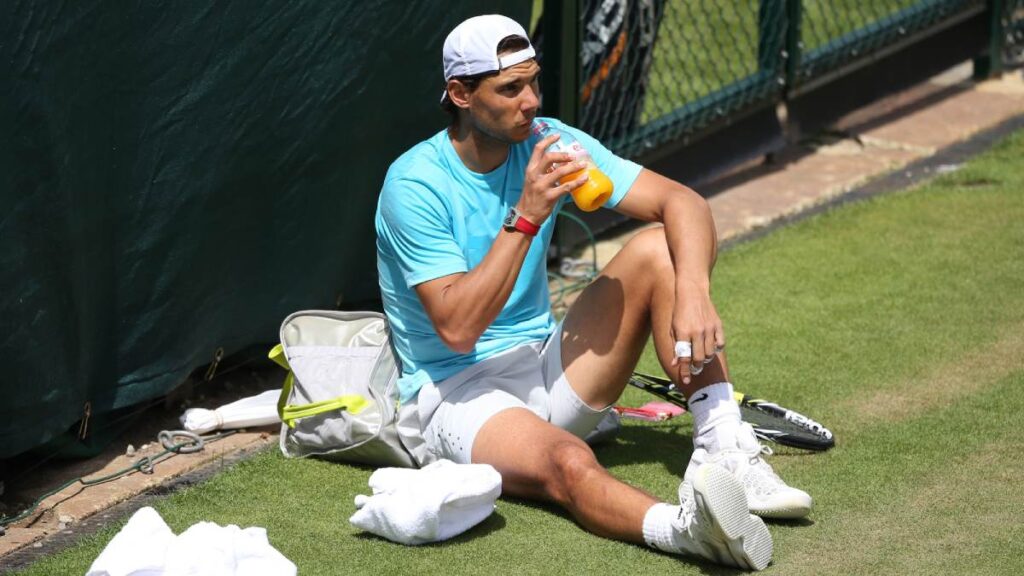
In recent times, Nadal’s nutritionist is Nuria Granados, also responsible for the nutrition area of RCD Mallorca. As detailed by the specialist in a report with the media El Relevo, Nadal’s current diet consists of including “fish, vegetables, salads, rice, potatoes and nuts”, while totally discarding “ultra-processed foods with very low quality ingredients, with unhealthy fats such as trans fats or with an excess of added sugars, as well as meat, sausages and cheese”.

